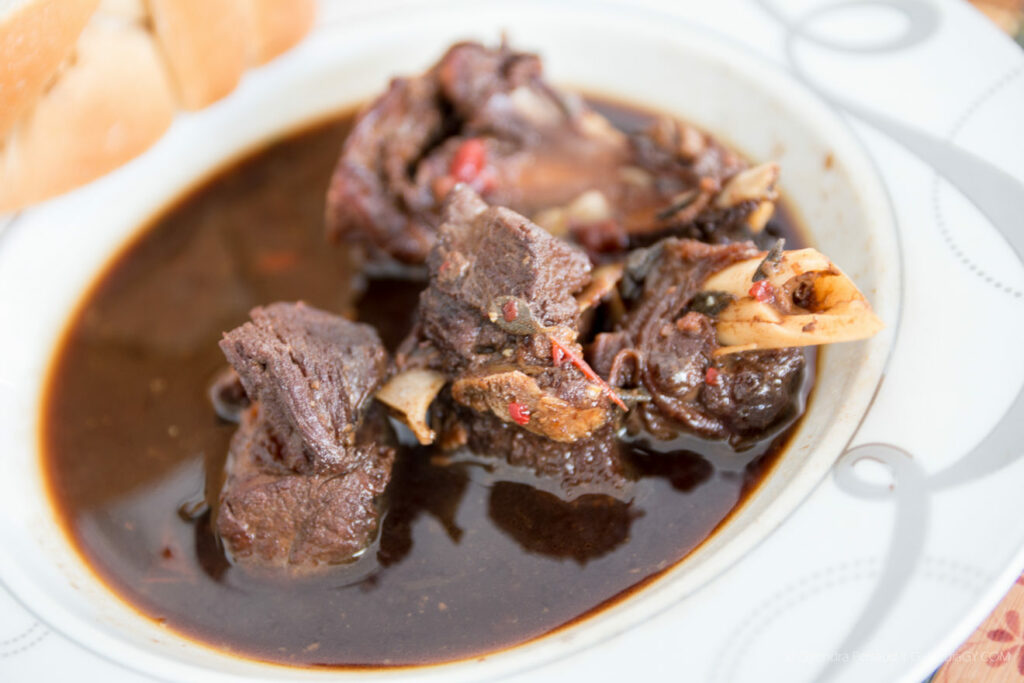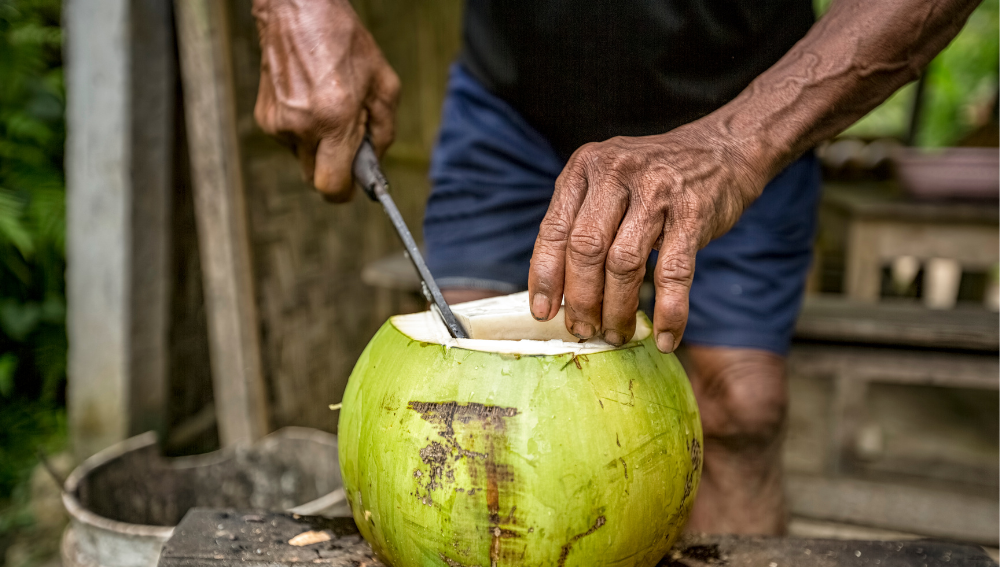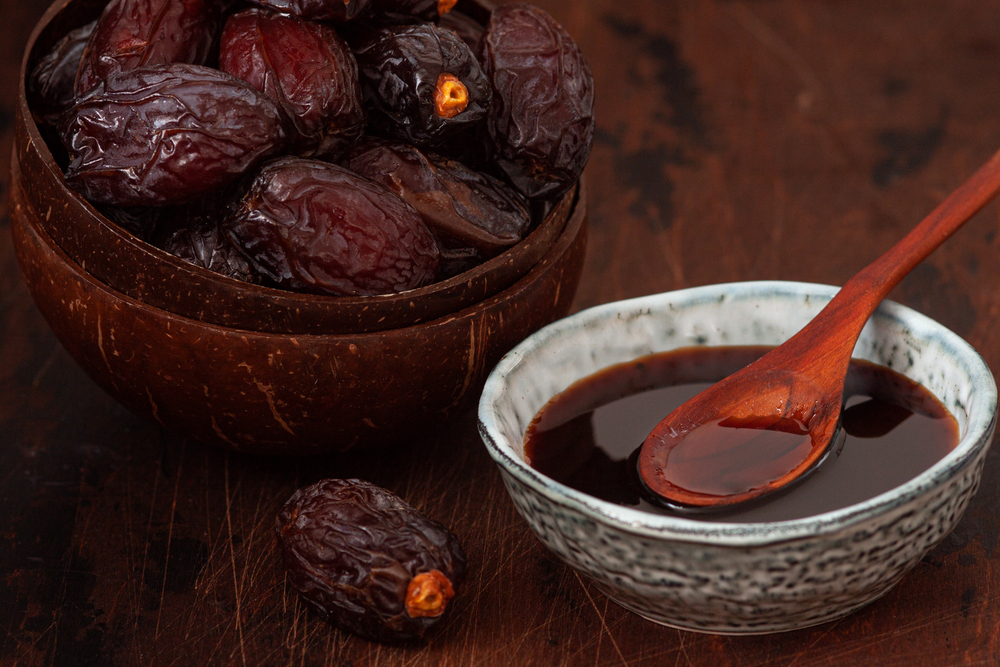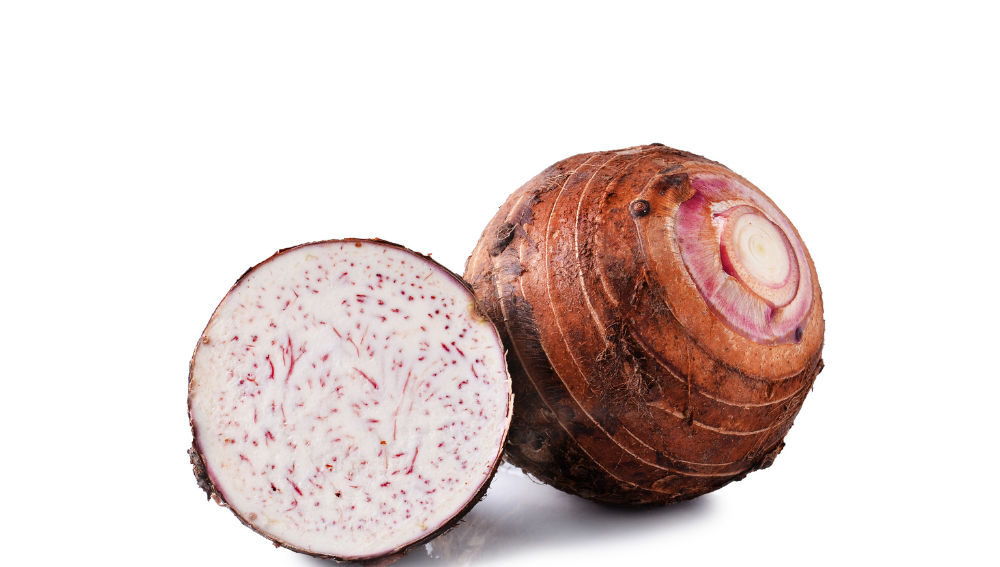Cassareep is a popular Guyanese ingredient that plays a significant role in a variety of traditional dishes. This dark, thick syrup is derived from the cassava root and is often used to impart a rich, earthy flavor to the food it’s used in.
However, obtaining cassareep can be challenging if it’s not readily available or if dietary restrictions prevent its use. As a result, finding suitable substitutes is essential for many home cooks.
There are several potential alternatives to cassareep that can deliver a similar taste and consistency, ensuring the essence of your dish remains intact.
Understanding these alternatives allows you to further enhance your culinary endeavors by bringing creativity and adaptability into the kitchen. With the right substitutes on hand, you’ll be able to replicate the rich umami flavor that cassareep is known for.
Key Takeaways
- Cassareep is a key ingredient in various dishes with its distinctive taste
- Sourcing cassareep can be a challenge, leading to the need for alternatives
- Various substitutes can help recreate the desired flavor and consistency in recipes
Understanding Cassareep

Cassareep and Its Origin
Cassareep is a thick, brown liquid made from the bitter cassava root, which originated among the Guyanese Amerindian communities. Indigenous peoples in Guyana and other Caribbean countries have been producing cassareep for centuries by boiling and reducing the juice extracted from the grated cassava.
Uses of Cassareep in Cuisine
Cassareep is a prominent ingredient in Caribbean cuisine, particularly in Guyana, where it forms the base for various dishes such as cassareep sauce and cassava bread. Its unique flavor profile and antiseptic qualities make it a popular choice for marinating meats and creating sauces.
One of the most well-known dishes utilizing cassareep is Guyanese Pepperpot, a slow-cooked stew featuring a mix of different meats, aromatic spices, and cassareep as the primary ingredient.
Cassava: The Source of Cassareep
Cassava, also known as yuca or manioc, is a versatile starchy root vegetable native to South America but now widely cultivated across the Caribbean and other tropical regions. Cassareep is derived from the bitter variety of cassava, which contains a potentially toxic compound called cyanide.
However, during the production process of cassareep, the cyanide is safely removed, resulting in a non-toxic, flavorful sauce that can be consumed without any health concerns.
Significance in Guyanese Culture
Cassareep holds great cultural significance for Guyanese Amerindians, as it represents a traditional foodstuff passed down from generation to generation. The process of making cassareep also involves the use of a “matapee,” a woven wooden press used by indigenous peoples to extract the juice from grated cassava.
This traditional tool further connects cassareep to the cultural roots of the Amerindian communities.
In summary, cassareep is an important ingredient in the culinary landscape of Guyana and the broader Caribbean region. Derived from the bitter cassava and boasting a unique flavor, as well as antiseptic qualities, it plays a key role in traditional dishes and the cultural heritage of Guyanese Amerindians.
The Role of Cassareep in Cooking
Traditional Cassareep Recipes
Cassareep, derived from the cassava root, is a thick, dark syrup traditionally used in Guyanese and Caribbean cuisine. It adds depth and flavor to various dishes, particularly meat stews and sauces. One of the most famous recipes incorporating cassareep is the pepperpot stew, a Guyanese national dish.
Pepperpot combines a variety of meats, such as beef, pork, oxtail, and cow heel, with cassareep, wiri wiri peppers, and a blend of spices, including cinnamon, cloves, orange peel, and garlic.
Incorporating Cassareep into Meat Dishes
In addition to its starring role in pepperpot, cassareep brings a rich, savory-sweet flavor to other meat dishes, such as beef and goat stews. The caramelized nature of cassareep lends itself well to enhancing these dishes, pairing with additional spices like Scotch bonnet pepper, onion, and garlic.
As a sauce, cassareep can be used as a base in curries, where it can complement the flavors of vegetables and fruit as well.
Cassareep as a Marinade
Cassareep serves as an excellent marinade for various meats, providing both flavor and a beautiful, deep color. Common ingredients to combine with cassareep for a marinade include:
- Lime juice
- Vinegar
- Salt
- Spices such as cinnamon and cloves
- Aromatic vegetables like onion and garlic Applying the marinade to meat, such as pork or stew beef, helps tenderize and enhance their flavors.
Cassareep in Caribbean Culinary Traditions
In Caribbean culinary traditions, cassareep plays a vital role as a flavoring agent and condiment. Its use in cooking spans to traditional dishes, stews, salads, and more. The unique combination of sweetness, bitterness, and spiciness in cassareep showcases the diversity of flavors found in Caribbean cuisine.
Additionally, cassava flour, from which cassareep is derived, plays an essential part in Caribbean culinary traditions, further highlighting the plant’s importance and versatility in regional cooking.
Identifying Cassareep Substitutes

Natural Sweeteners as Substitutes
Cassareep is well known for its dark color, distinct flavor and sweetness, which can be replicated by using other natural sweeteners. In place of cassareep, one can use the following alternatives:
- Sugar: Granulated sugar or brown sugar can provide a similar sweetness level without altering the dish’s flavor too much.
- Molasses: This thick, dark syrup can add a rich flavor and color, similar to what cassareep brings to a dish.
- Sorghum syrup: With a similar thickness and flavor profile, sorghum syrup can be a viable substitute in recipes calling for cassareep.
- Brown rice syrup: This sweet syrup sourced from brown rice has a mild flavor profile, which can lend itself well to replacing cassareep.
- Maple syrup: As a natural sweetener, maple syrup can provide a similar level of sweetness, although with a slightly different flavor profile.
Vinegar-Based Substitutes
Cassareep also has a tangy, acidic component that can be emulated using vinegar-based substitutes. The following vinegar options can help capture the essence of cassareep in a dish:
- Balsamic vinegar: This popular vinegar has a dark color, natural sweetness, and a tangy flavor that can work well as a cassareep replacement.
- Rum: A splash of rum can effectively emulate the acidity of cassareep while adding a complementary flavor to the dish.
- Juice: Certain fruit juices, such as lemon or lime juice, can provide the necessary acidity and add an interesting flavor twist in place of cassareep.
Sauces as Cassareep Alternatives
Some sauces can be used to replace cassareep and still produce delicious results to satisfy any palate:
- Soy sauce: While soy sauce has a saltier profile than cassareep, it can help achieve a similar dark color and umami flavor in dishes.
- Fish sauce: Although fish sauce has its own distinct flavor, its umami quality can serve as a suitable alternative in some recipes.
Tips for Choosing a Cassareep Substitute
When choosing a cassareep substitute, consider the following suggestions:
- Combine different substitutes like mixing molasses with a small amount of vinegar, or using soy sauce with a bit of sugar to create a balanced flavor and mimic the sweetness and tanginess of cassareep.
- Add spices like cayenne pepper or black pepper to enhance the flavor profile and replicate the kick cassareep adds to a dish.
- Adjust the amount of substitute used based on personal taste preferences and the specific recipe.
- Keep in mind that some cassareep substitutes may be easier to find in local grocery stores, while others, like sorghum syrup and brown rice syrup, might require purchasing from specialty stores or online.
By considering these options and tips, one can easily find a suitable cassareep substitute to use in various recipes.
Guide to Using Cassareep Substitutes in Recipes

Adjusting Cooking Methods
When using cassareep substitutes in a recipe, it’s important to adjust the cooking methods accordingly. For instance, if a recipe requires cassareep for its dark color and browning agent, burnt sugar can be used as an alternative.
However, it’s important to be cautious with the heat level to prevent the sugar from burning excessively, which may lead to a bitter taste. For recipes demanding cassareep’s preservative qualities, one can use thyme or curry as an alternative, but consider using a pressure cooker to ensure proper preservation and even cooking.
Proportion Adjustments with Substitutes
Finding the right proportion of a cassareep substitute is essential for maintaining the flavor profile and consistency of the recipe. When using burnt sugar, start with a small amount and adjust according to taste and darkness.
For curry or thyme, use a 1:1 ratio, substituting the same amount as the cassareep. Be cautious not to overpower the dish, and always feel free to fine-tune the amount of substitute as needed.
Preserving Substitute Flavors
Storage plays a crucial role in preserving the flavors of cassareep substitutes. Curry, thyme, and other spices should be stored in an airtight container to maintain their potency and freshness.
Burnt sugar should be kept in a cool, dry place, preferably in a glass jar, as it can absorb moisture and develop mold otherwise. For liquid substitutes acting as a food preservative, using a glass jar with an airtight seal is advised.
Tips for Storing Cassareep Substitutes
Here are a few tips on how to properly store cassareep substitutes to keep them fresh and flavorful:
- Store spices like curry and thyme in airtight containers away from direct sunlight to maintain their potency.
- Burnt sugar should be stored in a cool, dry place, preferably in a glass jar.
- Liquid substitutes acting as a food preservative should be stored in a glass jar with an airtight seal to prevent spoilage.
- If using a homemade cassareep substitute, consider labeling and dating the container to keep track of its freshness.
These guidelines for using cassareep substitutes in recipes allow for seamless adjustments and ensure the desired flavor and texture in the final dish.
By paying attention to the compatibility of the substitutes, adjusting proportions, and proper storage, cassareep substitutes can successfully be used in recipes without compromising the quality or taste.
Conclusion
In summary, finding the right cassareep substitute requires considering the purpose and desired flavor of the dish being prepared. Some popular cassareep substitutes include:
- Worcestershire sauce: This option brings a complex and tangy flavor to dishes, similar to cassareep. Use it in savory dishes or as a marinade for meats.
- Soy sauce: A widely available option, soy sauce can be used as a substitute for cassareep in certain recipes. It adds a salty and umami taste to the dish.
- Balsamic glaze: Balsamic glaze provides a sweet and tangy flavor to recipes, making it a viable substitute for cassareep in recipes that require a hint of sweetness in the background.
When choosing a cassareep substitute, home cooks should consider the specific flavors and textures they seek in their dishes. It may also be helpful to experiment with various alternatives and combinations until a satisfactory result is achieved.
Remember, the goal is to find a suitable replacement without compromising the overall quality and taste of the dish.
Frequently Asked Questions
What is a suitable alternative for cassareep in cooking?
A suitable alternative for cassareep in cooking would be a mix of Worcestershire sauce and molasses (in equal parts) or browning sauce. These options can provide a similar flavor and color to cassareep, without sacrificing the dish’s authenticity.
Can molasses replace cassareep in recipes?
Molasses can be used as a substitute for cassareep in recipes, but it will not have the same exact flavor profile. Mixing molasses with Worcestershire sauce (in equal parts) can give a closer taste to that of cassareep.
Is browning sauce a good substitute for cassareep?
Browning sauce can be an acceptable substitute for cassareep, as both provide a deep, rich color to dishes. However, the flavor profile may differ slightly, so consider mixing browning sauce with other ingredients like molasses or Worcestershire sauce for a more accurate taste.
How does cassareep differ from molasses?
Cassareep is a thick, dark syrup made from the cassava root, while molasses is a byproduct of the sugar-making process. Cassareep has a unique flavor that is slightly bitter and tangy, while molasses is sweet and rich.
The two offer different taste profiles, but they can be used interchangeably in some recipes with careful consideration.
What is the role of cassareep in Guyanese Pepperpot?
Cassareep plays a crucial role in Guyanese Pepperpot, as it gives the dish its distinctive flavor and dark color. Additionally, cassareep acts as a natural preservative, allowing Pepperpot to be kept for several days without spoiling.
The dish is a traditional holiday meal in Guyana and relies on cassareep for its authentic taste.
What herbs and spices are typically found in cassareep?
Cassareep is flavored with a blend of spices and herbs, which may vary based on individual recipes and regional preferences. Some common ingredients used in cassareep include cinnamon, cloves, nutmeg, and allspice.
These spices are cooked with the cassava root liquid, enhancing the flavor of the syrup and adding depth and complexity to the dishes that use cassareep as an ingredient.







